-
What is rhodium?
Rhodium is a precious metal. It’s part of the platinum family. Known for its durability, shine, and malleability, it is commonly used as a plating for various jewellery such as white gold rings.
Rhodium is rare and expensive and can cost ten times more than gold. Mining rhodium is only a small by product of platinum mining. It’s a rare metal that is resistant to tarnish and is one of the most reflective metals there is.
Its price can decline to the same range as gold, making it one of the most in-demand precious metals in custom jewellery.
-
What is rhodium plating?
Rhodium makes a fabulous plating for jewellery because of its white and mirror-like properties. It can make a diamond on a custom engagement ring look bigger and brighter because of its brightness. No other precious metal sets off diamonds like rhodium.
The plating process is called rhodium flashing that entails coating a fine layer of rhodium over white gold, silver, and platinum rings.
-
Does my white gold ring require rhodium plating?
Plating unique engagement rings or a wedding rings with rhodium doesn’t only improve its appearance but also makes it more durable that’s why most white gold rings are coated with rhodium.
If you’re wondering why white gold rings come already plated with rhodium, it’s because white gold tends to develop a more vibrant yellow tinge overtime since gold makes up the majority of the ring. Rhodium prevents that from happening.
-
How long does rhodium plating last?
If done properly, the rhodium plating over a piece of jewellery should last longer than a year. However, depending on how active your lifestyle is, you might start to see the gold colour coming through before the end of the first year.
But, if your profession doesn’t involve heavy work (ex. house cleaning, construction, plumbing), the rhodium plating may last 2 to 3 years. We recommend that you consider exploring our rhodium plating service to revitalize the shine of your ring.
-
How thick should the rhodium plating be on my ring?
Wedding rings are usually coated with rhodium layer that is between 0.75 to 1.50 microns. To give you a better idea of how thick that is, the average thickness of a human hair is approximately 100 microns.
For jewellery that is not worn on a daily basis, a 0.10 – 0.50 plating is ideal. However, any jewellery item plated with a 2.0 microns thick has a tendency to become brittle.
-
Will rhodium plating affect the quality of my diamonds or gemstones?
Rhodium will only enhance the sparkle of a diamond or a coloured gemstone. However, there are certain gemstones that can be damaged during the process.
Ask your jeweller if the plating process will affect the quality of your gemstone before handing it to them. Peridot, pearl, opal, topaz, turquoise, and coral are susceptible to damage when introduced to the sulfuric acids present in the electroplating process.
-
Can I plate my gold ring with rhodium?
Yes, definitely. But, bear in mind that gold and rhodium are highly contrasting in colour and when the rhodium starts to wear off, the gold will be more obvious compared to a white gold base. You may need to replate a gold ring more often compared to a white gold one. You may find that the gold colour may start to show as early as six months.
-
How often should I get my ring rhodium plated?
Rings and bracelets and other jewellery that you tend to wear every day are normally recommended to be plated every 6 months to a year. Jewellery that you only occasionally use may never need to be replated.
-
How long does it take to get my ring rhodium plated?
It depends on the complexity of the design of your ring. It usually takes around an hour and a half to complete the electroplating process.
-
How much does it cost to have my ring rhodium plated?
Replating a white gold ring may cost around $100-$200. But it still depends on the thickness, quality of the rhodium, and the expertise of the jeweller.
-
Is rhodium safe for everyday wear?
Yes, rhodium is safe on the skin. It’s a metal that is naturally hypoallergenic. White gold often contains nickel which can cause allergic reactions if you are allergic to it. Rhodium plating can eliminate this concern. If you are looking for jewellery or engagement rings in Sydney, Melbourne, or Brisbane and are seeking a reliable and safe method to revamp your jewellery’s appearance, rhodium plating is undoubtedly an option worth considering.





